
Do you have a biome-friendly skin routine? Or microflora skincare, maybe? You are probably going, ‘Hold on. A microflora routine? Does that mean there are bacterial strains and other microorganisms that can be actually good for the skin?” The answer is, yes and yes.
A biome-friendly skin routine involves the use of skincare products that replenish and support the growth of good skin microbiome which plays an important role in protecting and keeping the skin barrier healthy and protects it from environmental pollutants, helps the skin stay hydrated by making it less permeable, manages inflammations of the skin, look at the immune response, deal with UV radiations, deals with other skin problems like acne, and prevents rapid aging.
Our skin, like our gut, hosts millions of bacteria, fungi, and viruses and form what is called skin microbiota. They have an important role to play as they inhabit our body’s largest organ that is the skin. They are interacting with the outer environment, educating the immune system, and preventing the growth of foreign pathogens. The problem comes up when the balance between the good bacteria and the foreign pathogens tilts in favor of alien particles, which may trigger the onset of skin diseases.
But the skin microbiome is affected by excessive use of products that disrupt the skin’s pH because the microorganisms thrive best only in an acidic environment. The use of sulfates and other chemicals also disturb this sensitive balance of microorganisms by impacting the outermost layer of the skin called the stratum corneum and making it alkaline. The microbiome also changes as we age, with some bacterial strains being found in greater density when the skin is young versus when it has aged. But the good news is, some of these good bacterial strains have been identified and have been found to be safely replenishable by the use of natural biotics.
And so, skin experts have been actively discussing the needs and benefits of using pre, pro, and post-biotic ingredients in skincare that support barrier function and nurture these beneficial colonies of microorganisms on our skin. How do they help?
Given our exposure to environmental pollutants, UV radiation, stress, among other triggers, our skin becomes a battleground where the fittest shall survive. Much like our gut bacteria, a healthy skin microbiome protects the skin against infections by fighting out other pathogens from outside.
Healthy skin microbiota supports the skin’s most important function which is to act as a barrier against infectious pathogens and bacteria to enter the body and settle. They make sure the epidermal layer is less permeable and vulnerable to infections.
From restricting exposure to skin allergens to helping heal wounds, to reducing oxidative stress and maintaining pH of the skin, the recent research on the implications of skin microbiome on health have been only exciting. There have been studies on how the skin microflora can help reduce the damaging effects of UV radiation and how adding biotics to skincare can help address this too.
Prebiotics, simply put, is the nutrition that the good microbiome needs to thrive, and build a good defense against pathogen invasion. While most products that claim to support skin barrier may have some prebiotic benefits, there are certain ingredients that you must look for, that are effective prebiotic strains like microalgae, sugars, squalene, glucomannan and minerals like magnesium and calcium.

For example, look at the list of ingredients that go into making Shankara’s Hydrating Cleanser, and you will find it boasts of a list of pre, pro and post biotic ingredients from peptide composites, microalgae to natural sugars, glycerin, alanine, proline, squalene, glutamic acid, among other Ayurveda-friendly herbs, essential oils, and extracts including aspen bark, grapefruit, fennel, lavender, chamomile, helio carrot, Amyris, ashwagandha and comfrey leaves.
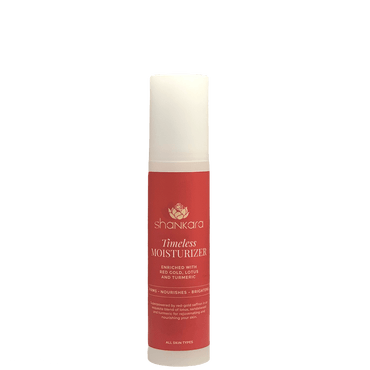
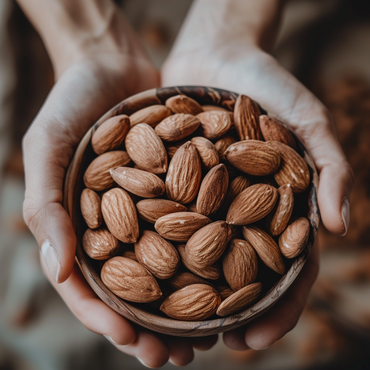
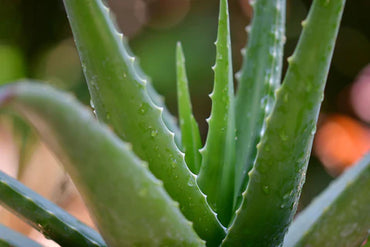
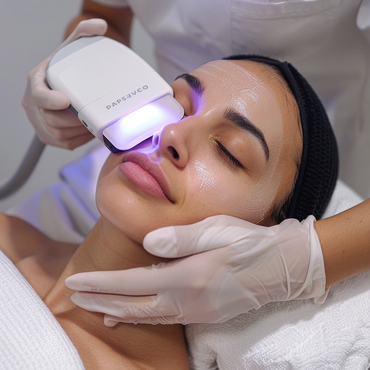

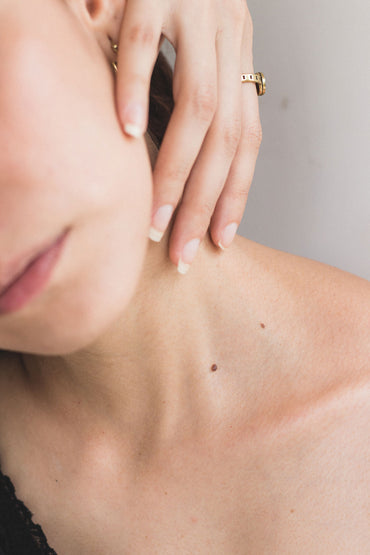





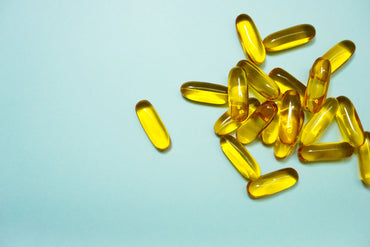
comments (0)